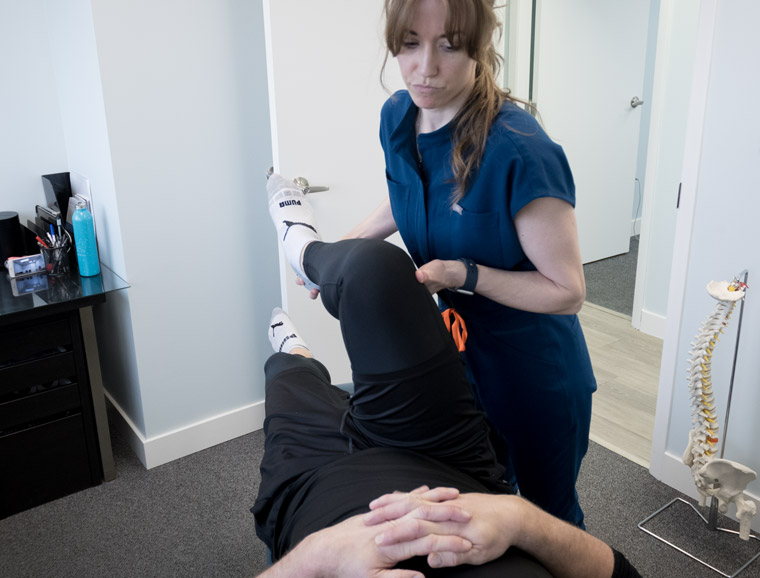Helga K.
Kelsey is young, innovative, and hip, modern and progressive. She takes lots of courses and is open-minded. She cares about her patients and wants to see them get better. She has fantastic hands and is a really nice person.
“






